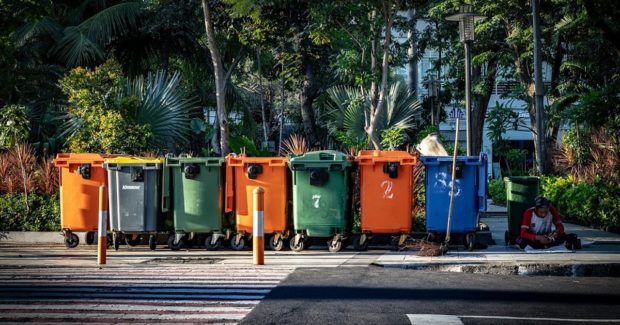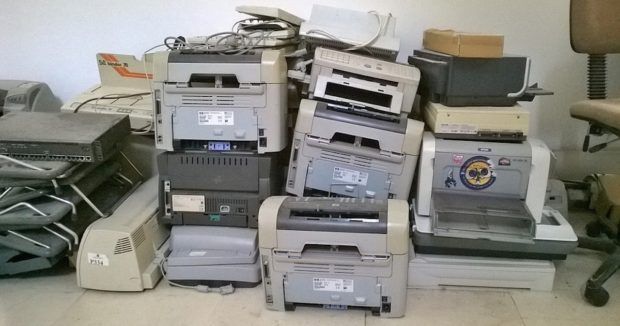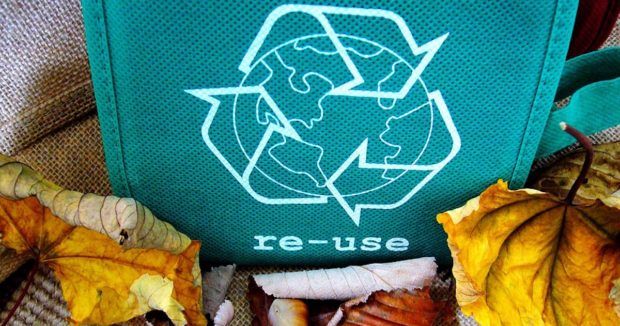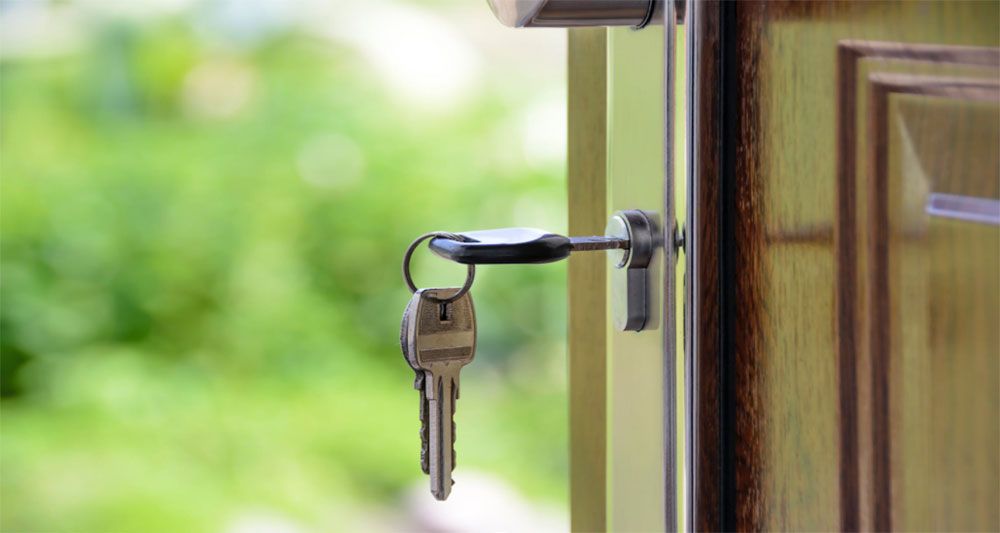Advertisement
Don’t Know What to Recycle? Here’s a Quick Guide
By Author
Advertisement - Continue reading below
Everyone’s on the move to be eco-friendly, but things can get confusing if you’re new to it. Maybe you’ve already been recycling for years, but do you have a good grasp of what is and isn’t acceptable to recycle at facilities? Some of the materials you’ve been tossing in the bin might not be recyclable after all. If you didn’t know before, it’s never too late to learn in our recycling guide.
Improve your recycling habits by gaining knowledge of what your curbside program will accept. If they don’t take specific materials, there’s likely another facility nearby who will. Here’s a helpful guide to what you can recycle curbside, send elsewhere or put in the garbage.

What You Can Recycle
Recyclable materials include metals, paper and even organic waste — but only if your municipality does organic waste collection. Keep reading for more information on these goods.
Hazardous Waste
Hazardous waste includes products like batteries, light bulbs, fuel and other toxic chemicals. Curbside programs don’t pick these up, but you can bring them to a hazardous waste center for recycling or disposal. Always check the guidelines at your local facility before bringing any disposables. For example, aerosol cans are generally not recycling-friendly because of their pressurized air, but some areas allow you to combine them with hazardous waste.
Metal Goods
You can recycle aluminum and steel cans and even aluminum foil, though many people throw foil in the trash. Completely clean your foil of food debris if you plan to recycle it. Most types of metallic goods are acceptable, but use discernment with items that aren’t entirely metal — like clothes hangers or bakeware. Products containing a mixture of materials make recycling metal complex.
E-Waste
E-waste consists of products like computers, cell phones and electrical cords. Recycling these requires you to send them to a separate factory, as they’re not appropriate to put in your can. Most people don’t realize e-waste is recyclable — it accounts for 70% of toxic waste in landfills and is steadily growing. Help reduce harmful pollution from landfills by sending electronics to waste management factories rather than putting them with your regular garbage.

Paper and Cardboard
Get rid of your magazines, newspapers and old packing boxes by recycling them. Manufacturers often create cardboard from used materials — recycling it allows for less energy-intensive processes. The cereal boxes, paper towels and tissues you use most likely came from a piece of cardboard. Throw those boxes in the bin so they can serve a new purpose — who knows where they’ll end up next?
What You Can’t
Now that you’re familiar with which materials are appropriate, here’s a list of what’s not acceptable to recycle.
Certain Plastics
Polystyrene, polyvinyl chloride — known as PVC — and some miscellaneous plastics are non-recyclable. You’ll find these plastics in goods like Styrofoam, straws, plastic wraps and cutlery. Many cities don’t recycle grocery bags either, as they can entangle with machinery at the facilities.
Only two plastics are always okay to recycle — polyethylene terephthalate and high-density polyethylene. You’ll find PET in bottles and jars and HDPE in trash bags and milk jugs. All others are difficult to break down, which causes issues for workers and the machinery they use. This is why most people will tell you to ditch the plastic and go for eco-friendly materials. Once it’s out there, it’s hard to send it back.
Mirrors
Mirrors contain a reflective coating that makes them non-recyclable — the glass itself isn’t eco-friendly, either. The only way to get a broken mirror off your hands is tossing it, but do it carefully to avoid injuring yourself or the garbage collectors. Donate an old mirror to someone you know or use the glass for arts and crafts projects.
Treated Wood
Treated wood is non-recyclable because of the chemicals it contains — these are often toxic and make it unsafe for heating. Take it to a local landfill instead, or reuse it for a home improvement project. You can recycle unfinished wood, however, depending on how your municipality accepts it. Some cities allow curbside pickup, while others state that untreated lumber should go straight to a recycling plant.
Ceramics
Many cities don’t recycle ceramics, so if you break a dish, you’re better off wrapping it and throwing it out. However, check with your recycling yard to be sure. Some that accept brick and concrete also permit ceramics. If not, donate ceramic dishware to a friend or someone in need. Alternatively, you can attempt to upcycle your broken dish by repairing it and using it for another purpose.

Recycling the Right Way
Become an environmental guru and inform your acquaintances of your knowledge gained from this recycling guide. Getting everyone on the bandwagon to proper recycling will cause fewer mishaps at waste management facilities. Garbage collectors and factory workers will appreciate your attention to detail — and so will the planet. Be sure to SHARE handy recycling guide with all your friends on social media!

Follow Kacey on Twitter and subscribe to her blog to keep up with her travels and inspiring posts!
Advertisement - Continue reading below












